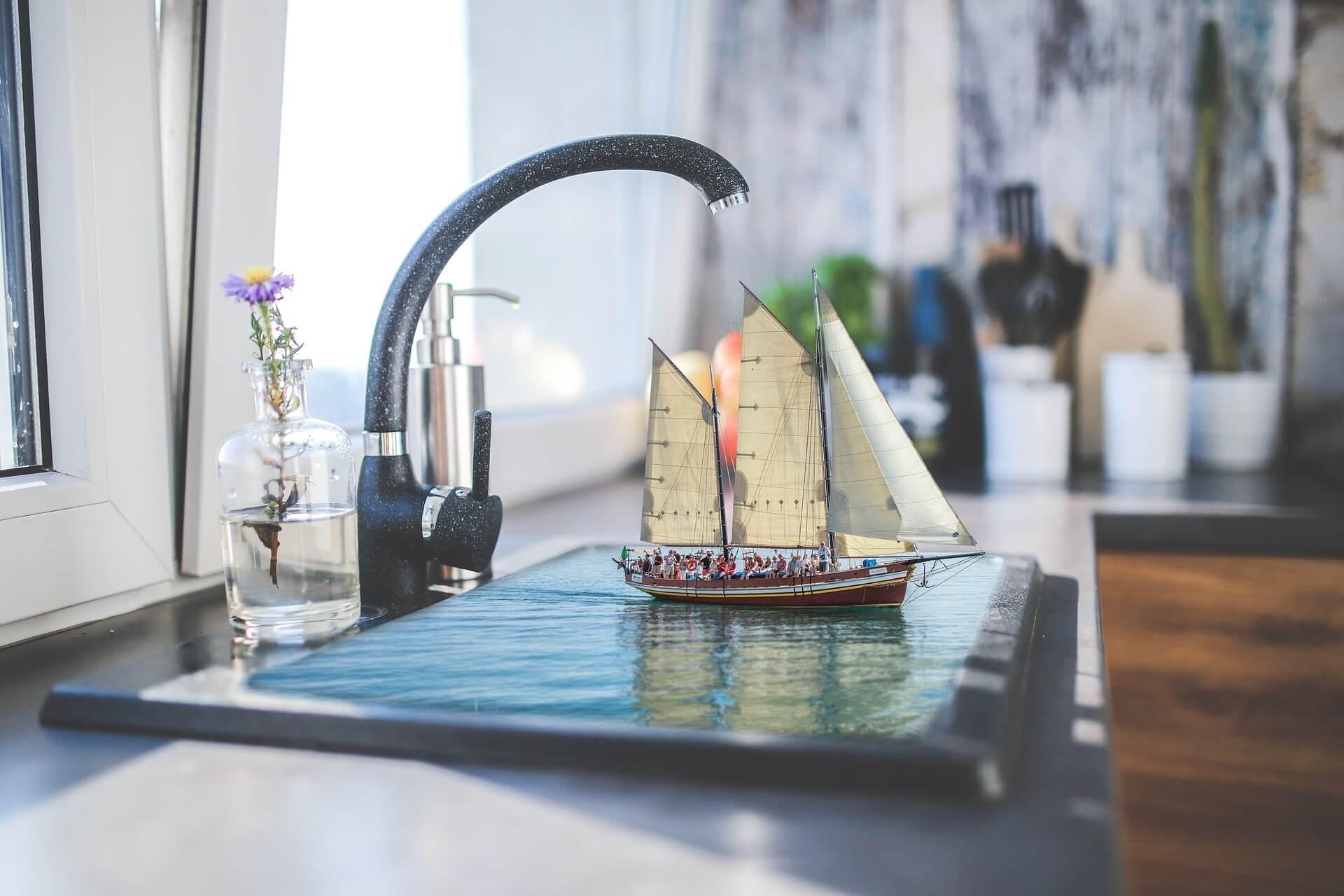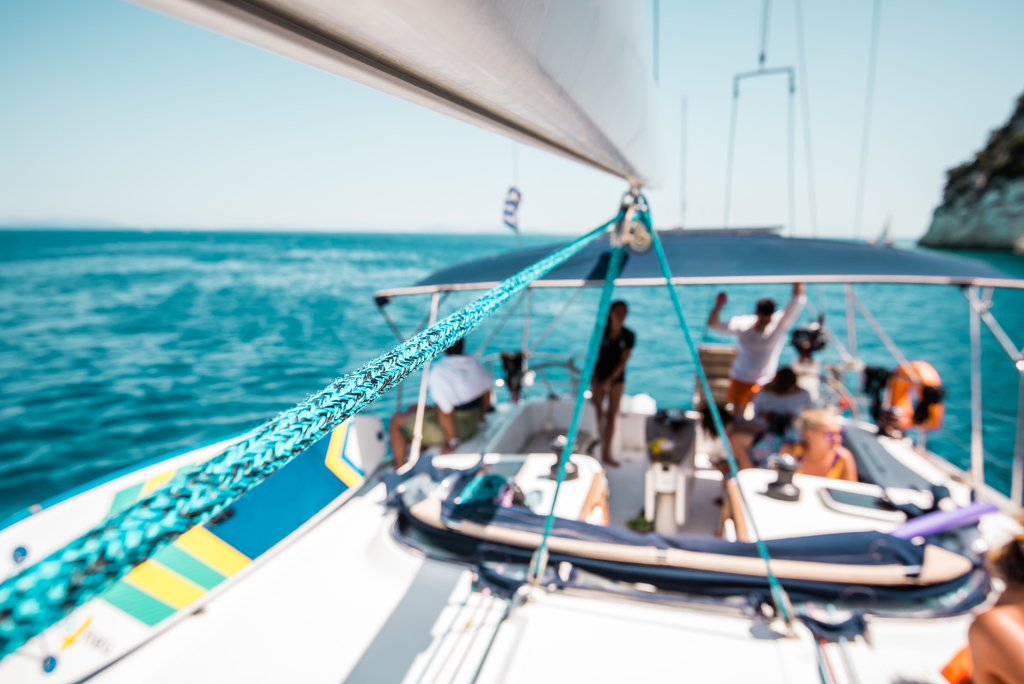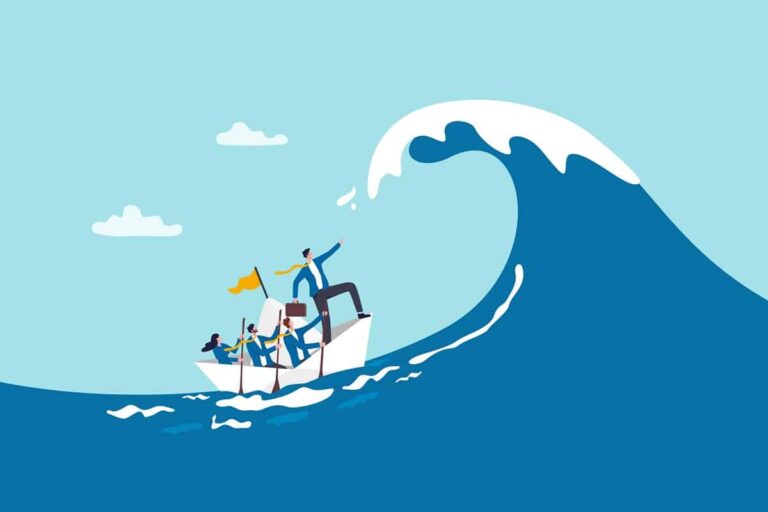This article is part of our series called “5 things you should know about …” and it is a series focused on discussing matters not so “technical” and more based on our own personal experiences.
There is a lot of subjectivity here and we love that. Boating is a personal experience; it is about humans enjoying nature and companionship. It is about human experiences and feelings. Nothing can be compared with a sunset seen from a boat and that feeling is so personal that is almost impossible to describe with words (unless you are a great writer). Each of your friends will experience the same sunset in a totally different way and this is fantastic! We are unique and so is the way we feel and how we sense the world around us.
With this series we want to show our perspective on the topics approached and also have you, the readers, share your experiences as well. We encourage you to contribute by adding your view or new information related to the debated topic. You are welcome to contribute by using the comments section or discussing it in our community. Other boaters, especially the beginners will definitely appreciated it.
And, as we always say, one never knows everything, especially at sea.
Most of the times, boating is a social activity: you have a crew. Sailing alone is another amazing topic, we will open this topic up soon but, today we want to talk about crew briefings.
So here we are: it is that time of the year again. The season just started and everyone is excited to get back on their boats or any boat for that matter. The excitement is high, some of us planned this months in advance, some others are just being spontaneous and get out there because the weather is just perfect and everyone wants to spend the day in that awesome secret bay with that perfect sandy beach.
So, here are 5 things you should know about crew briefings.
1. It is a MUST – irrespective of boat size and crew experience.
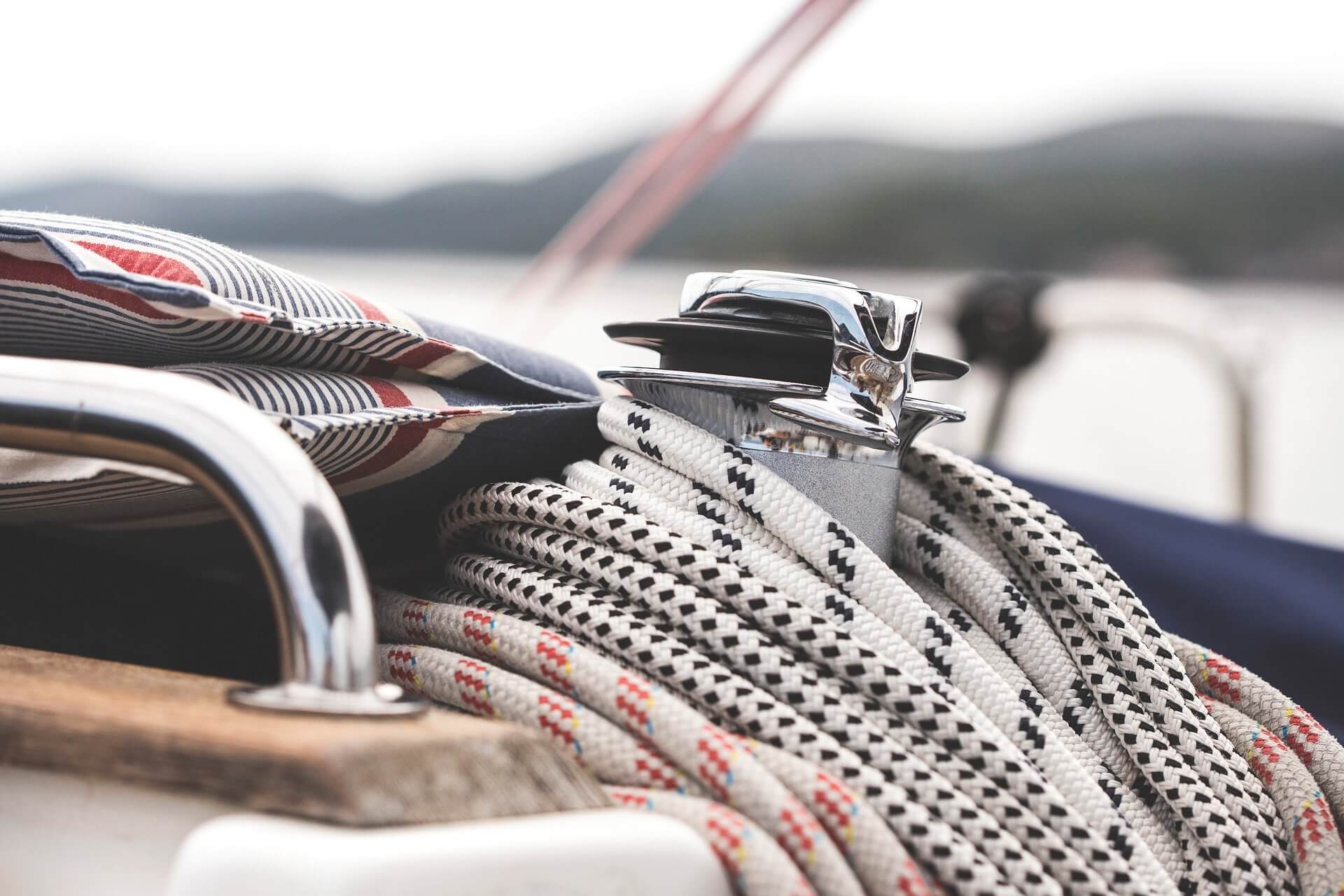
Some might say that if you all know each other, the boat and the area where you are going very, very well, then you, as a skipper, don’t necessarily have to have a crew briefing. Even in that case, I strongly recommend that a short briefing is still needed.
Small or big, motor or sail, the crew must be briefed about the hierarchy, roles during the voyage, the itinerary, the boat and what is expected from them. The distance from fun to disaster is sometimes only a matter of seconds.
The briefing brings people together, gets their focus on the same discussion, they interact in some cases for the first time and get to know each other better.
You, as the skipper, are responsible for the crew and boat. So, no, there is no excuse not to have it.
2. Keep it short and focused on important things.

"Understand the group dynamics on your boat and try to understand people expectations!"
3. You are a people manager – assign roles

Everyone looks at you as the ultimate authority and … you are. In case of emergency, everyone will turn to you for guidance. Leaving that aside, until those situations arise never forget that you are also a people manager. You need to make the people on the boat work together as a crew, they are your team.
You cannot do everything on your own and even if you could, it is much more fun for everyone if it becomes a team activity. Delegate. It is important that everyone knows their role on the boat. Who is the co-skipper, the anchorman, the cook – this has to be known from the beginning by everyone. Assign roles from the beginning.
4. Set ground rules.

Space on a boat is limited and sometimes maybe too limited for so many strong personalities. Even though rules are not fun, in this case are most definitely needed. Basic rules create the best environment for a great experience. Never shy away from setting rules regarding boat cleanness and tidiness, respecting the others – sleeping hours, non-smokers. Ah, and never forget the main rule about the toilets.
5. Repeat the most important things.
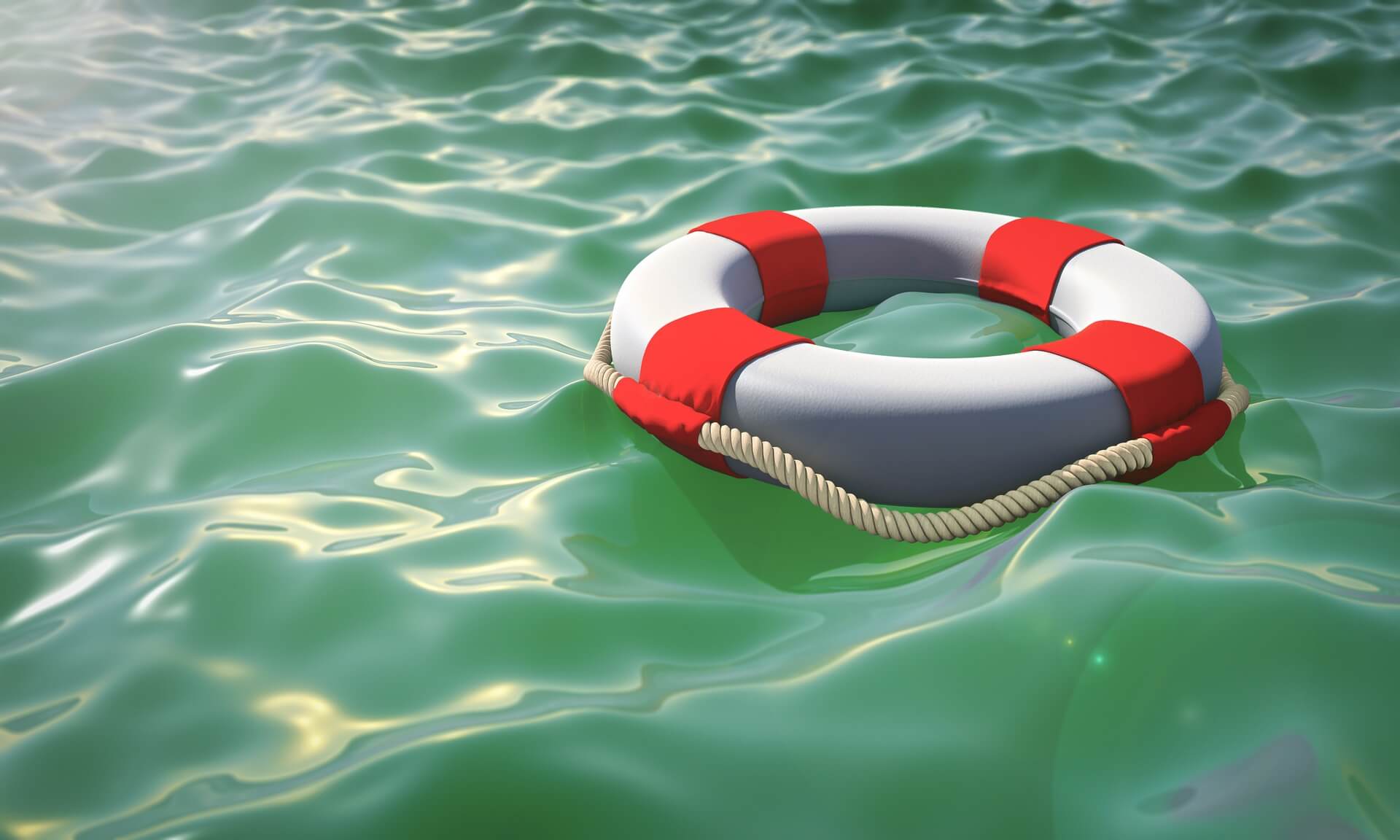
It might have been a very good briefing, everyone was paying attention but … for the new people on board is important to repeat some things. Emphasize on what are the basic and most important aspects. It happened to me quite a few times, yes, to have the dreadful problem of having toilet paper in the… toilet. Show them how to fix it themselves before flushing it – we are all humans and we all make mistakes!
And if you want a more organized approach to your crew briefings, we compiled an overview of the things that you need to address. You can just use check marks when you go through it:
1. Overview
- Explain the skipper’s role, how and why the crew should listen to him/her. Give some examples. For example, when under sail, the crew should announce that they want to move around because it might be the case that the skipper is planning a tack and everyone should be safe during that maneuver.
- Don’t forget to appoint a co-skipper and explain his role
- Ask about everyone’s sailing experience
- Medication or treatments that the skipper should be aware of, medical particularities
- Rules for notifying the skipper or c-skipper about certain situations – any unusual sounds, approaching vessels.
2. On the deck
- How to safely move around the boat, especially when under way. Also, why wearing the right shoes is important.
- Explain the starboard and port side and why it is important to use these terms.
- Explain the overboard procedure
- Show where the life vests, life harnesses, fire extinguishers are and how to use them.
- Show where the life raft is and how to use it. Always at the command of the skipper/co-skipper
- Where is various equipment stored (e.g.: extra lines, boat hook, etc.)
- Daily boat maintenance. On a boat things get dirty very fast.
3. Under the deck
- How to use the heads. Explain why it is important to not throw paper in them.
- Show where the water tank switches are and how to use them.
- Explain why saving water is important and how one can do this.
- Explain how to use the stove/oven – where is the gas switch and how to operate it safely.
- Show where is the windlass breaker
- Medical first aid kit.
